66 F. high in the Twin Cities Wednesday.
71 F. average high on May 21.
65 F. high on May 21, 2013.
Minnesota Weather History on May 21. Source: Twin Cities National Weather Service.
2001:
Record cold high temperatures set in over 30 cities in Minnesota
including a chilly 47 in the Twin Cities and 39 at Grand Rapids and Pine
River. A half-inch of snow fell at International Falls.
1925: Temperature takes a nosedive from 100 to freezing in 36 hours at New Ulm and Tracy.
Turning The Corner
It's
been a ponderous spring: cool, wet and utterly forgettable. No kidding,
Paul. The drought is fading fast, lawns are green, lakes brimming with
(chilly) water. "That's all well and good, but am I going to be able to
strip down to shorts, apply sunscreen and pretend it's May this holiday
weekend?"
Next question please.
Although far from perfect
I'm still cautiously optimistic you'll be able to salvage much of your
3-Day weekend outside. Saturday appears to be the driest day; an
approaching warm front sparks T-storms Sunday into Memorial Day as dew
points surge above 60F. A few misguided souls may accidently complain
about the humidity by Sunday.
Timing warm frontal T-storms is
difficult, but they often flare up at night, with some midday and
afternoon sun. The model guidance I'm studying suggests that Sunday may
bring the most widespread storms, a better chance of breaking out into a
little hazy sun Memorial Day as highs brush 80F. A few downpours are
likely - have an indoor Plan B ready to go, especially Sunday.
80s linger much of next week as the jet stream finally lifts north of Minnesota, allowing a more summer-like airmass to linger.
Next week may feel like July. Really!
Holiday Weekend Details.
Saturday still looks like the driest day of the weekend, a south breeze
with highs in the upper 70s to near 80F as sun gives way to increasing
clouds. T-storms may rumble in Saturday night; the best chance of a few
hours of (hard) rain Sunday. By Memorial Day we may break out on the
warm side of the front, at least temporarily, with enough sun for highs
topping 80F and another instability T-storm or two popping later in the
day. Not perfect - but we've seen worse.
GFS Future Radar.
California is experiencing a few spotty showers and T-showers, mainly
over the Sierra Nevada and high deserts - just enough to settle the
dust. Otherwise a dry forecast is shaping up into most of next week for
the western USA; while a plume of Gulf moisture sparks heavy T-storms
over the Plains and Upper Midwest by this weekend. Portions of Texas and
Oklahoma may go from exceptional drought to flooding. New England
trends cooler than average, a few waves of heavy showers and storms
pushing across the Great Lakes into the Mid Atlantic region. Loop: NOAA
and HAMweather.
7-Day Rainfall Outlook.
NOAA is predicting some 3-4"+ rainfall amounts from the Texas Panhandle
into Kansas and Missouri, some 1" amounts as far north as Bismarck, St.
Paul and Green Bay Sunday into Memorial Day. Storms rippling along a
sharp temperature gradient may spark some 1-2" amounts across much of
New England by Thursday of next week.
Minnehaha Creek Unsafe For Paddling Due To High Water Levels. Here's a clip from an article at
The Star Tribune: "
The
Minnehaha Creek has reached dangerous levels for kayakers and canoers
this Memorial Day weekend. On Wednesday, the Minnehaha Creek Watershed
District advised paddlers to stay off the creek because of the unsafe
conditions. With high, fast-moving water, downed trees and other debris,
some bridge underpasses aren’t navigable..."
Denver "Hailers" And Tornadoes.
One supercell east of downtown Denver may have dropped several
tornadoes yesterday, along with ping-pong to baseball size hail, enough
to cover the ground in many communities. Denver International Airport
experienced a ground-stop, at one point passengers were instructed to
take cover as the tornadic storm passed just south of the field. More
details from
AP: "
Flights
are resuming at Denver International Airport after severe thunderstorms
and a tornado warning forced planes to stay on the ground. Delays of
about an hour and a half were reported Wednesday afternoon after a
series of severe storms brought hail and strong winds to the area..."
Photo credit above: Chris Grenz in Denver.
Large Hail: Potential Tornado Tip-off.
The same supercell that dropped a family of tornadoes east of Denver
yesterday also unleashed a fusilade of large hail, as big as 3" in
diameter. That's the topic of today's edition of
Climate Matters: "
Severe
storms close to Denver International Airport today forced planes to
stay on the ground and travelers into tornado shelters. WeatherNation
Chief Meteorologist Paul Douglas has more on what's causing the
turbulent weather pattern."
 Dayton, We Have a Problem
Dayton, We Have a Problem. A webcam operated by Ohio's Department of Transportation showed evidence of a big back-up on I-70 north of Dayton, which was temporarily closed for a time Wednesday due to flash flooding from intense thunderstorms.
NOAA: Last Month Tied For Globe's Hottest April.
We're off to a warm start over the northern hemisphere, and a brewing
El Nino may further spike (global) temperatures the latter half of 2014.
Here's an excerpt from
Climate Central: "...
The
1.39°F departure from normal also makes this April one of the 10 most
anomalously warm months ever recorded. The record belongs to February
1998, when El Niño conditions helped bump the global average temperature
1.55°F above normal. El Niño has the potential to develop later this
year, but current conditions in the eastern tropical Pacific,
where El Niño develops, aren’t quite there yet. If it does develop, El
Niño could help keep global temperatures high or push them even higher.
NOAA's report also showed this was the sixth-warmest start to the year
since recordkeeping began in 1880. While the globe is on track for one
of its top 10-warmest years, the U.S. national temperature is near
average ranking, thanks to a chilly winter for the eastern half of the
country..."
Graphic credit above: "
A map showing temperature anomalies across the globe in April 2014." Credit: NOAA National Climatic Data Center.
Tornado Technology One Year After Moore Tornado. Here's an interesting video and story at
KEYE-TV
in Austin, Texas, describing new advances in being able to predict the
conditions favorable for tornadoes, although predicting specific tornado
strikes will always be a short-term challenge. Average lead times may
increase from 14 minutes today to as much as 30-40 minutes within 4-5
years. Here's an excerpt: "
Greg Carbin, Warning Coordination
Meteorologist at the Storm Prediction Center in Norman, is studying the
computer model carefully and says "it shows some promise, especially in
the relatively short time span of seven to 10 days of indicating
favorable regimes for severe weather." By combining climatology with
sophisticated equations to model the atmosphere, supercomputers are
creating experimental forecasts that could help meteorologists forecast
severe weather outbreaks days, weeks, even a month in advance..."
February 19, 1884: The Enigma Outbreak. Was this one of the largest tornado outbreaks in America's history?
Stormstalker
has a very interesting explanation and detail concerning a swarm of
deadly tornadoes that left behind a staggering amount of damage; here's
an excerpt: "...
The extent of tornado-related damage is uncertain,
but is suspected to have been several million dollars, the equivalent of
perhaps $100 million today. More than 10,000 structures were destroyed.
The final death toll, too, is a complete mystery. While the
conservative estimate is 178 — a terrible toll in its own right — many
estimates have placed the final number as high as 1,200. A further 2,500
may have been injured during the outbreak. The system produced more
than 37 significant tornadoes (F2 – F5) during its 15-hour duration,
ranking it still among the most violent outbreaks on record..."
Map credit above: "
Map
of all reported tornadoes during the Enigma Outbreak. Note that the
northernmost tornado tracks may actually have been downburst damage. It
is likely that there were many more tornadoes that simply went
unreported, and some tracks may have been tornado families."
Could Gentle Caribbean Unleash a Devastating Tsunami? Here's an excerpt of a story at
LiveScience that made me do a double-take: "...
The massive 2004 tsunami in the Indian Ocean
that killed close to 230,000 people was triggered by an earthquake
along a subduction zone fault, where two of Earth's tectonic plates
collide. The earthquake lifted the seafloor, giving the ocean above a
giant shove that generated the deadly waves. A similar fault exists
along the Puerto Rico Trench. The Caribbean tectonic plate
is sliding beneath the North American plate at the trench, and such a
plate boundary can be very dangerous, Ballard said. Underwater
landslides and volcanic eruptions can also cause tsunamis, and these
hazards are present in the Caribbean..." (Image above:
Wikipedia).
Want To Get Ahead in Life? Make Your Bed.
If you have time click on the video of Admiral Bill McRaven's
commencement address at the University of Texas; here's an excerpt from
Military Times: "...
But
students at the University of Texas at Austin got a rare treat last
weekend when McRaven delivered their commencement speech. McRaven, a
1977 UT grad, riffed on the school’s motto (“What starts here changes
the world.”) to deliver the 10 lessons he learned during his SEAL
training. Among them: If you want to change the world, start off by
making your bed..."
Are Airplane Seats a Ticket to Infection?
I wonder if I can wear my wet suit and scuba gear onto my next flight?
No wonder so many people are now wearing masks on planes. I always
thought that was an overreaction, until I read this story at
ABC News. Watch the video. Here's a clip: "...
The
study found that certain types of bacteria can survive for up to a week
on the inside surfaces of aircraft cabins — including your armrest,
your plastic tray table, the metal toilet button, the window shade and
your seat pocket. To determine this, researchers at Auburn University
took samples of all of these materials and contaminated them with two
disease-causing germs — the superbug MRSA, which causes nasty wound and
soft-tissue infections, and E.Coli O157:H7, which can lead to diarrhea
and other more dangerous illnesses. MRSA, the researchers found,
survived a week on the seat-back pocket, while E.Coli survived four days
on the armrest..."
Ultimate Toy (Productivity Tool) For the 1% of the 1%?
If you have an extra $100 million in your pocket and a hankering to get
to London at supersonic speeds, you may be interested in the Aerion
Supersonic Business Jet.
Gizmag has details: "
Aerion
Corporation has upped the cabin size and added an extra engine to the
first in its planned range of supersonic business jets currently on the
drawing board. Designed with Supersonic Natural Laminar Flow (SNLF) wing
technology that was tested in transonic wind tunnel tests and in NASA
flight trials, the Aerion AS2 will now use a set of three smaller jet
engines in place of its previous large two-jet design to provide quieter
running, improved take-off performance, and longer range..."
The 10 Most Dangerous Cities for Pedestrians. I'm happy to see that Minneapolis - St. Paul isn't on this Top 10 List, but when in Florida beware.
Boing Boing has the complete list of safest and scariest - here's an excerpt: "
Which American cities are the least and most safe for human beings on foot? Here are the stats, from “Dangerous by Design 2014”
[PDF], a study by the Smart Growth America and the National Complete
Streets Coalition. The report calculates a “Pedestrian Danger Index” to
identify where a person who is walking is most or least likely to get
hit by a car. The top four most dangerous cities are all in Florida.
The four most safe: Boston, Pittsburgh, Seattle, and NYC. People who are
not white and people who are older than 65 are most at risk..."
Map: The Worst Places In The World To Be A Worker. The Washington Post has the story and additional details; here's an excerpt: "
The International Trade Union Confederation (ITUC), an alliance of regional trade confederations that advocates for labor rights around the world, debuted its Global Rights Index
this week, ranking countries on a 1 (best) through 5 (worst) scale on
the basis of how well workers' rights are protected. The organization
used 97 different indicators to compile its index, centered around the
ability of workers to join unions, win collective bargaining rights and
have access to due process and legal protections. The report evaluates
labor rights in 139 countries — hence the reason for some gray areas on
the map..."
Map credit above: ITUC.
Google Plans To Show Advertisements Through Your Thermostat and Car.
One question: will these ads be served up based on Google's algorithms
of my behavior or the NSA's? Some days I wonder. Here's an excerpt from
The New York Times: "...
According to a December letter sent to the Securities and Exchange Commission,
which became public on Tuesday, Google hopes to put ads “on
refrigerators, car dashboards, thermostats, glasses, and watches, to
name just a few possibilities.” How would this work? Imagine that it’s a
cold winter day. The snow starts floating down, a wind kicks up and you
go to your thermostat to kick up the heat. In Google’s world, that
action could be met with an advertisement on your thermostat for a new
wool sweater..."
Photo credit above: Jeff Swensen for The New York Times. "Google hopes to put advertisements in Google cars and on the company’s automated thermostats, according to a government filing."
Everything Is Broken.
Poorly-written software code makes it easier for hackers (and spying
eyes) to gain access to your personal information. If you're paranoid
yet, you will be after reading this story at
Medium; here's an excerpt: "...
We
often point out that the phone you mostly play casual games on and keep
dropping in the toilet at bars is more powerful than all the computing
we used to go to space for decades. NASA had a huge staff of geniuses to
understand and care for their software. Your phone has you..."
Masters Degrees Are As Common Now As Bachelor Degrees Were In The 60s.
Vox.com has the details; here's a clip: "
It's
graduation time, an occasion for commencement speakers, academic
regalia, and celebrating achievement. One achievement has become a lot
more common over the past few decades: the master's degree, the
fastest-growing college credential in the US. More than
16 million people in the US — about 8 percent of the population — now
have a master's, a 43 percent increase since 2002..."
Volvo To Test Electric Road That Charges Buses As They're In Motion.
Here's a clever approach - put the electrification into the roadway
surface. But how to do that without shocking side-effects?
Gizmag.com explains; here's a clip: "
Volvo
has announced plans to study the potential for electric roads that
charge buses as they're being driven. The study will be carried out in
partnership with the Swedish Transport Administration to further develop
sustainable transport. A stretch of electric road may be built in
Gothenburg for testing. Volvo has already been testing electric rails built into the road as a means of powering long-haul trucks. It also already produces environmentally-friendly electric buses that are used in Gothenburg...."
TODAY: More sun, lighter winds. Better. Winds: NW 10. High: 68
THURSDAY NIGHT: Mostly clear skies. Low: 50
FRIDAY: Blue sky, feels like May. Perfect. Winds: SE 10. High: 74
SATURDAY: Partly sunny, driest day of the holiday weekend. Winds: SE 10. Wake-up: 53. High: 79
SUNDAY: Sticky with T-storms likely. S 15. Wake-up: 59. High: 77
MEMORIAL DAY: Some sun, pop-up T-storms. W 10. Wake-up: 63. High: 81
TUESDAY: More sun, humid. Late-day thunder. Wake-up: 63. High: 82
WEDNESDAY: Hot sun, feels more like July. Wake-up: 64. High: 85
Climate Stories...
The Climate Context for "Unprecedented" Balkans Flooding.
Another "cut-off" low pressure system was the culprit, yet another
instance where weather systems slow or even stall for days or weeks at a
time. Are we imagining this as a trend that's on the increase or
cherry-picking specific storms? The answer is still unclear, but there's
growing evidence that rapid warming of far northern latitudes is
impacting jet stream winds and configurations, increasing the potential
for weather systems that get stuck. Here's a clip from
Climate Central: "...
The
flooding event began on May 13 when an area of low pressure developed
as warm, moist air from over the Mediterranean Sea clashed with colder
air from the north. The low became cut-off from the jet stream, which
would ordinarily usher the system across the region — instead, it
remained parked over southeast Europe, dumping rain for several days..."
Photo credit above: "
A
flooded area is seen in Obrenovac, some 30 kilometers (18 miles)
southwest of Belgrade, Serbia, Monday, May 19, 2014. Belgrade braced for
a river surge Monday that threatened to inundate Serbia's main power
plant and cause major power cuts in the crisis-stricken country as the
Balkans struggle with the consequences of the worst flooding in
southeastern Europe in more than a century. At least 35 people have died
in Serbia and Bosnia in the five days of flooding caused by
unprecedented torrential rain, laying waste to entire towns and villages
and sending tens of thousands of people out of their homes, authorities
said." (AP Photo).
The Bible Calls for Moral Action on Climate Change. Here's the introduction of an Op-Ed from Jim Wallis at
TIME.com: "
To
ignore climate change is to abuse the moral call to care for the
environment, and generations to come will suffer. Some of the most
inspiring words in the entire Bible are found in the opening pages of
Genesis. Here we are told that humans were created in God’s image and
given a divine mandate to care for Creation (Gen. 1:26-31). Our
vocation—our calling—is to partner with God in preserving and sustaining
the earth with all the creatures and species that God has made. The
word used in most translations is “dominion,” and the true meaning is
what we would today call “stewardship...”
File photo: Shutterstock.
Will Climate Change Affect The Future of Travel? Here's a clip from an interesting perspective from
petergreenberg.com: "...
According
to the assessment, more than 1.2 million people move to coastal areas
within the United States each year. Today, those populations make up 164
million, or 50 percent of the country’s population. Many of these
individuals move for better work opportunities, tourism included. Almost
5 million Americans live less than four feet above the local high tide
level for their area. These areas also include hundreds of billions of
dollars of property. Additionally, more than 180 million tourists travel
to U.S. coasts each year...."
"Erring On The Side of Least Drama." Why Climate Scientists Are Inherently Conservative. Here's a video clip and story excerpt from
americablog.com: "
I’ve been writing for a while that predictions from climate scientists are consistently “wrong to the slow side”
— a statement that, if true, adds even greater urgency to stopping
carbon emissions. My favorite “wrong to the slow side” graphic is from
the Copenhagen Diagnosis,
the climate document produced ahead of the 2009 summit in Copenhagen.
It shows loss of Arctic summer ice, both modeled and observed. In other
words, IPCC models were run that showed the likely range of loss of
Arctic summer ice, year by year, and over that, the actual, observed
loss for the same time period was shown..."
Here Are Five National Landmarks Facing Climate Threats.
Climate Central runs down the risk of sites threatened by long-term sea level rise; here's an excerpt: "...
The
agency that sends astronauts to space and whose satellites monitor our
planet also faces threats from sea level rise. Two-thirds of its
facilities sit within 16 feet of sea level including launch sites
at Johnson Space Center in Texas, and the Wallops Flight Facility in
Virginia, and Kennedy Space Center in Florida, where the first flight to
the moon was launched. NASA has recognized the threat sea level rise
poses to these and other sites and has installed sea walls and fortified
beaches and dunes at some facilities, including Wallops, so rockets (and the occasional frog) can still take off..."
Photo credit above: "
A test rocket being launched at Wallops Flight Facility in Virginia." Credit: NASA Wallops Flight Facility
NASA Launch Pads Threatened By Climate Change, Scientists Warn. Picking up on the Climate Central story above,
The Telegraph goes into more detail about the risk to NASA infrastructure around the USA; here's an excerpt: "...
A new report from the Union of Concerned Scientists (UCS)
found that five of the US space agency's seven major facilities were
threatened by surging water levels. Among the bases at risk is Kennedy
Space Center in Florida's Cape Canaveral, the launch point for the 1969
Moon landing and all of Nasa's human space flights since. "According to
Nasa’s planning and development office, rising sea levels are the single
largest threat to the Kennedy Space Center’s continued operations," the
UCS report said..." (Photo credit: AP).
The Politics of Climate Change This Summer Will Be Worse Than Obamacare's. My only point of disagreement with the author of this story, Jonathan Chait at
New York Magazine,
is that mitigating climate change, preventing a truly worst-case
scenario, will in fact spark new technologies, innovations and
industries that will put Americans to work. Infrastructure projects to
make our cities and coastlines more resilient and
storm/drought/flood-proof? That requires capital and labor. Here's an
excerpt of his story: "...
The grimmest contrast between power-plant
regulation and health care is that regulating carbon emissions creates
almost no winners. There will be no equivalent of the millions of people
newly granted access to medical care, no heartwarming stories of
long-suffering patients seeing a doctor for the first time in years.
Climate regulation doesn’t create a benefit. It doesn’t even prevent a
loss. Its only goal is to mitigate the extent of the damage. And this is
why, unlike carefully selected election-year issues like the minimum
wage or equal pay, Obama is not picking this issue to help his party
save Senate seats. He is doing this because, given the enormity of the
stakes for centuries to come, there is no morally defensible alternative."
Global Warming Threatens More Deadly, Everest-Like Avalanches. Here's a video and story excerpt from
NBC News: "...
The
April 18 avalanche, in which ice and snow swept away 16 Nepali sherpa
guides, was the deadliest disaster on the 8,850-m (29,035-ft) Mount
Everest and shocked the global mountaineering community. It was not the
only disaster that could be linked to melting glaciers and the impact of
climate change. In May 2012, more than 60 people, three Ukrainian
tourists among them, were killed in the popular Mount Annapurna region
in western Nepal after flash floods triggered by an avalanche washed
away Nepali homes..."
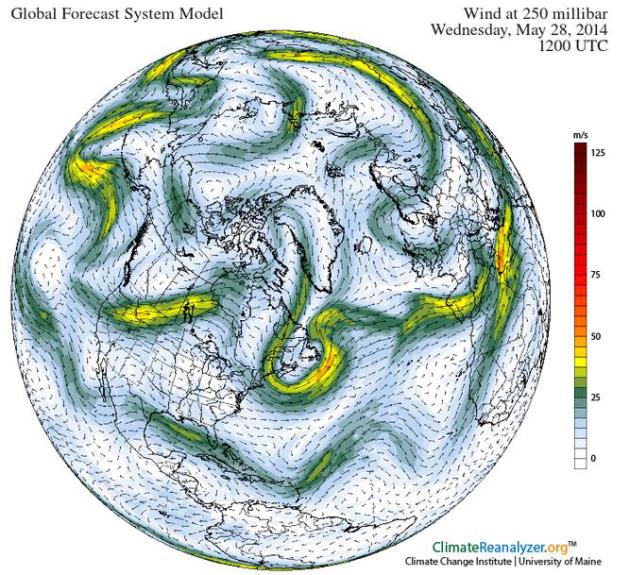




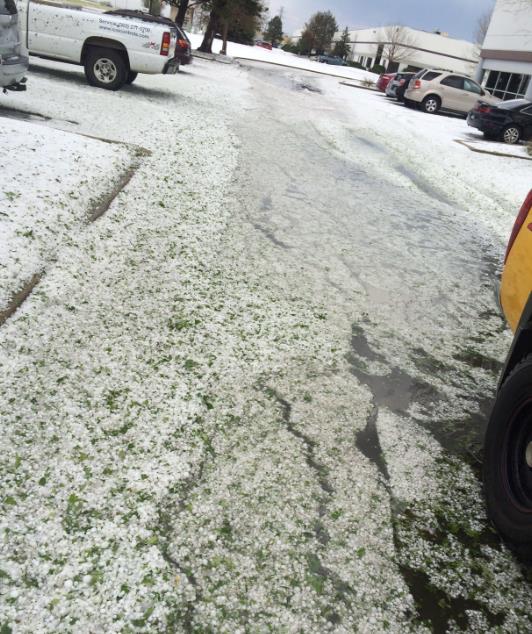
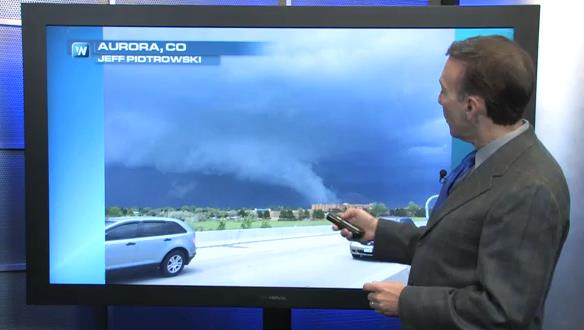
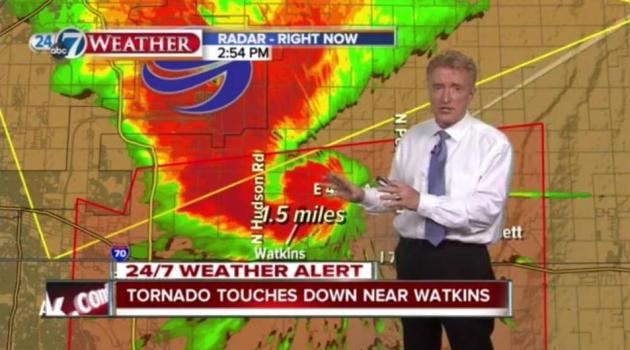

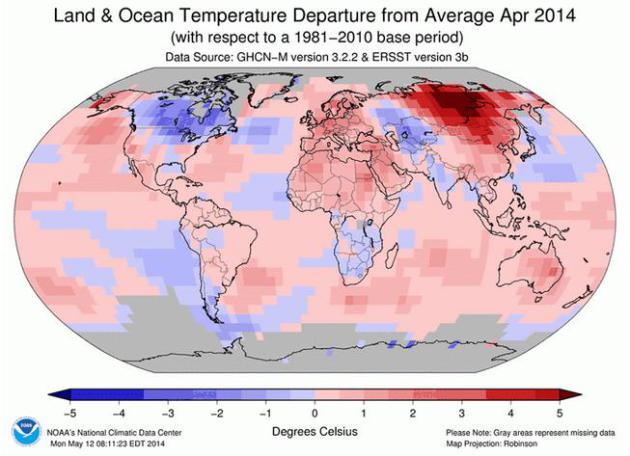
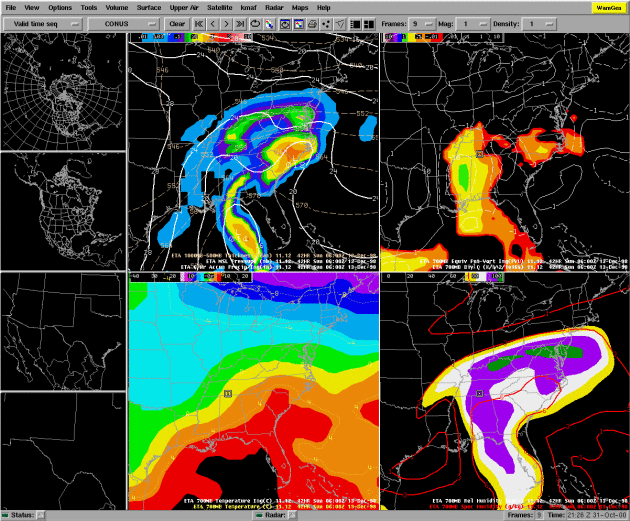
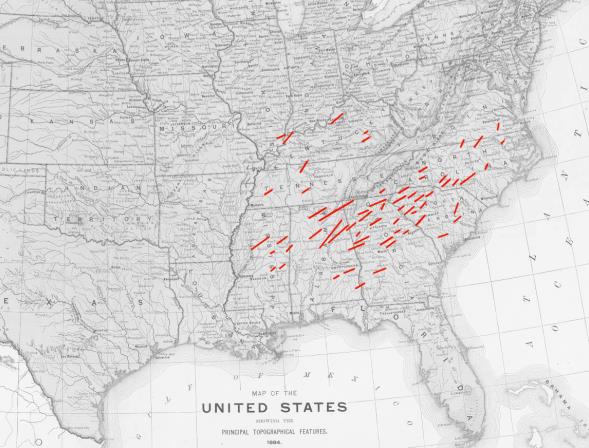
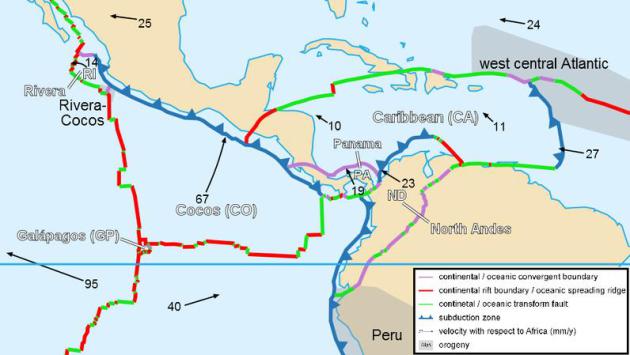
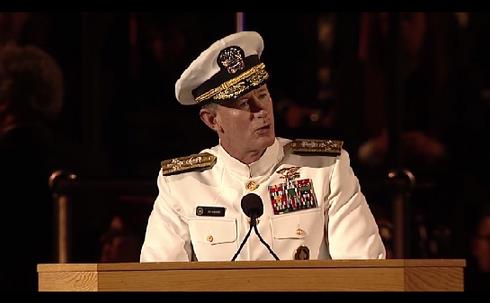


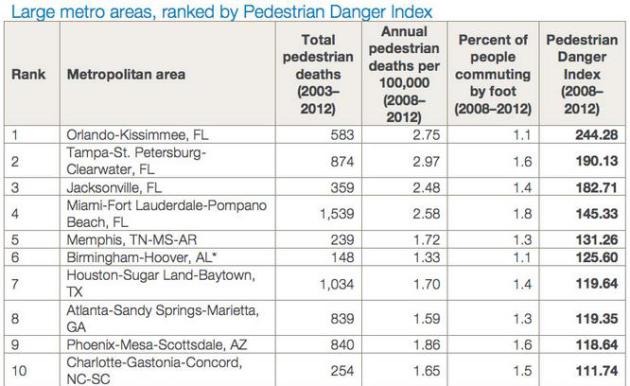



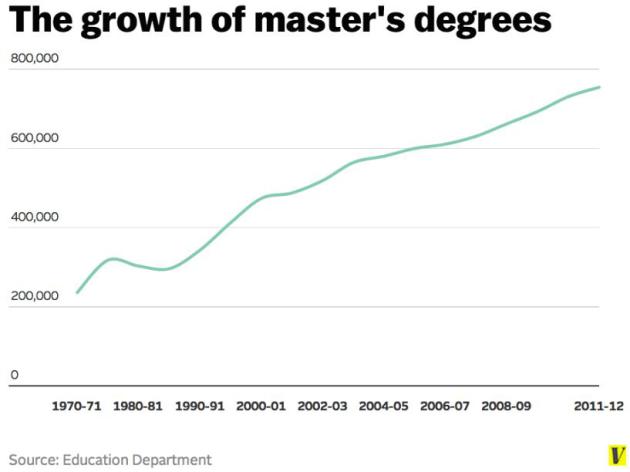

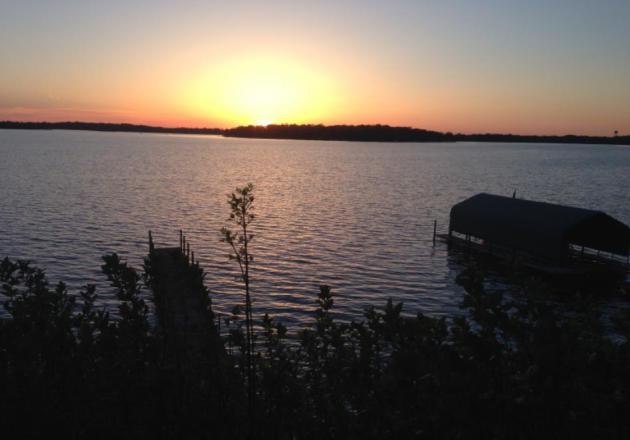

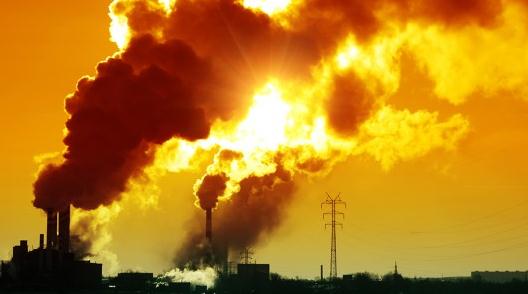

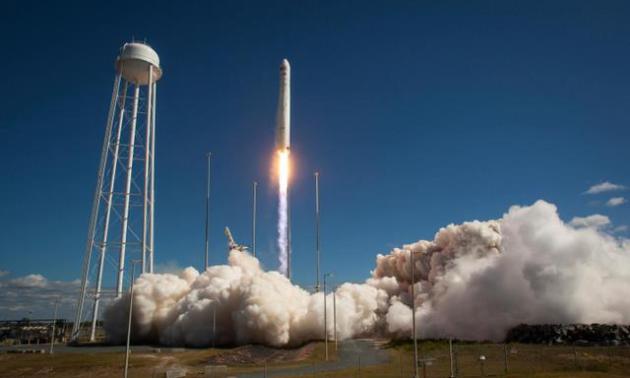

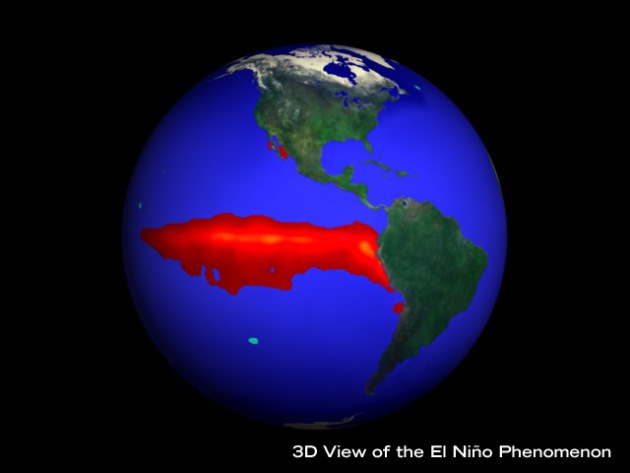
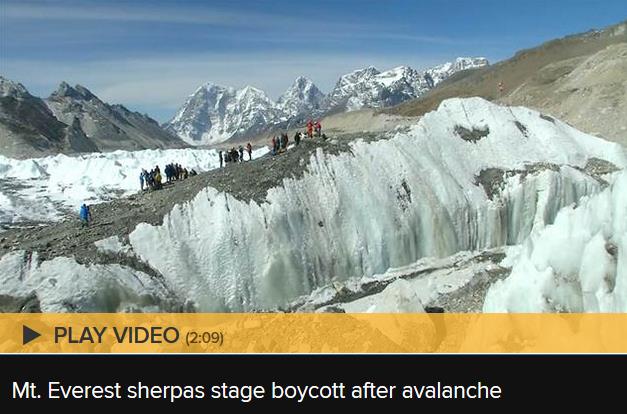
No comments:
Post a Comment